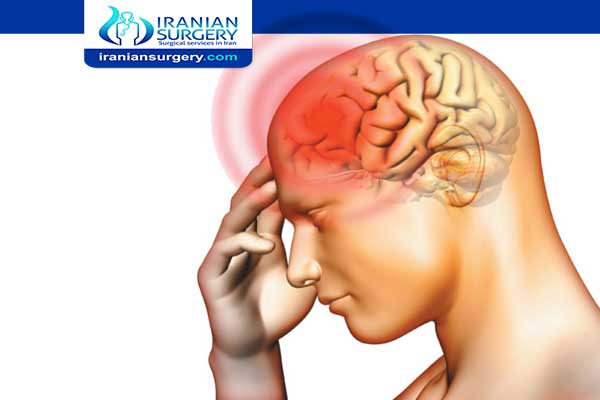Arachnoid cyst surgery

Surgical Treatment of Arachnoid Cyst
There are several ways to surgically treat arachnoid cysts. The aim of surgery is to release the cyst and localized pressure on the surrounding brain and structures and to reconstitute normal CSF flow.
Operation
. Marsupialisation of Arachnoid Cyst
The patient will be given a general anaesthetic and an incision made overlying the region of the arachnoid cyst. A craniotomy is then performed to expose the arachnoid cyst.
Once this is done the cyst is incised under direct vision. The walls of the cyst are removed where possible and laid open to allow free flow of cyst fluid with the surround CSF.
The bone is then replaced and secured with titanium plates. The skin is then closed with staples or stitches.
Read more about : What is considered a large arachnoid cyst?
Read more about : Does arachnoid cyst cause anxiety?
Read more about : Arachnoid cyst treatment without surgery
. Fenestration of Arachnoid Cyst
If it is not possible to fully lay open the arachnoid cyst wall, the wall may be fenestrated to allow communication of the cystic cavity with the surrounding CSF. This is often done in the deep cisterns of the CSF spaces of the brain. An endoscopic approach may be taken rather than a craniotomy for this approach.
. Shunting of Arachnoid Cyst
For recurrent arachnoid cysts a cysto-peritoneal shunt may be require to definitively treat the cyst. This allows flow of cyst fluid from the cyst into the abdominal cavity, thereby relieving decompressing the cyst and relieving pressure on the surrounding structures.
Surgical treatment of arachnoid cysts are generally well tolerated. Occasionally a second operation may be required, particularly if there is scarring at the previous operation site resulting in reformation of the cyst.
Source:
10 common questions about Is an arachnoid cyst dangerous
[kkstarratings]

